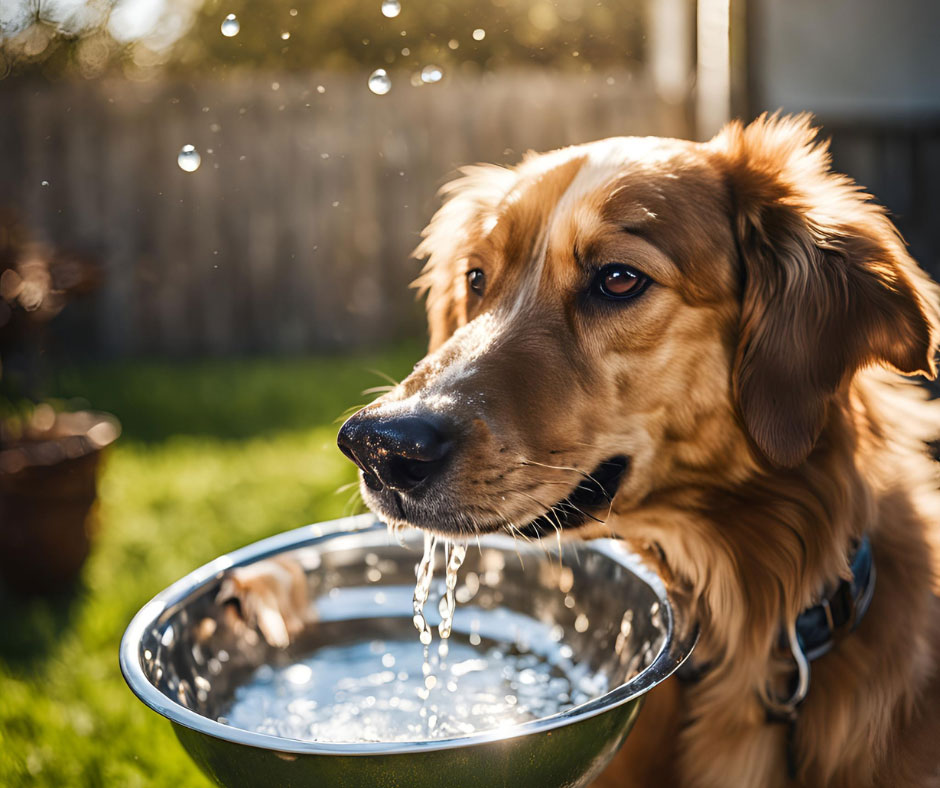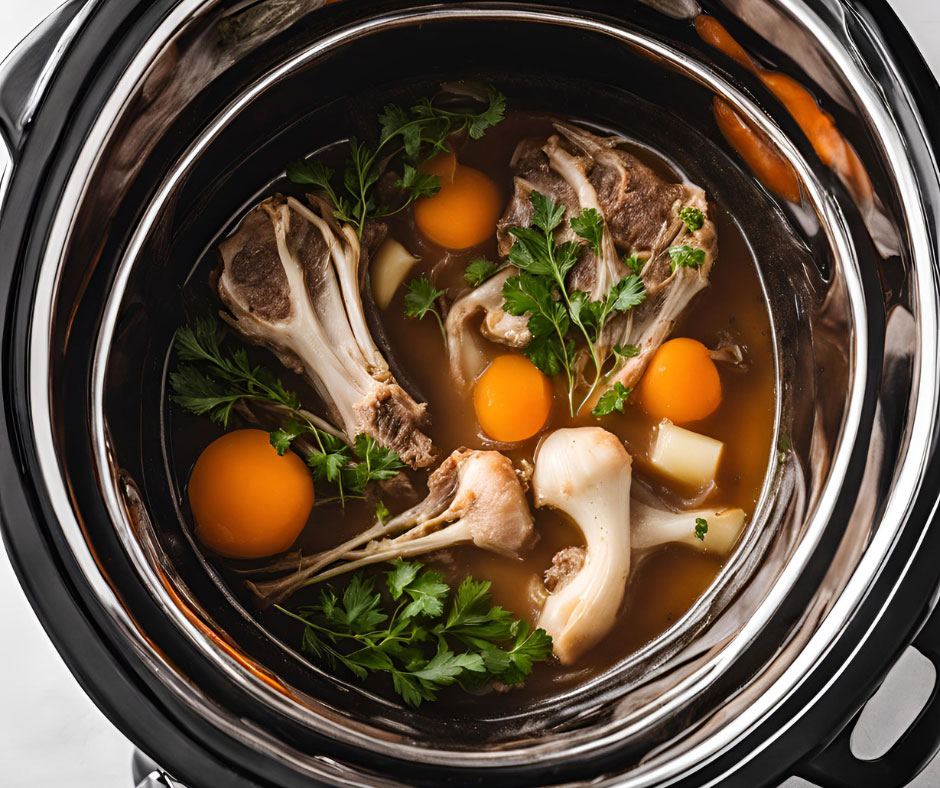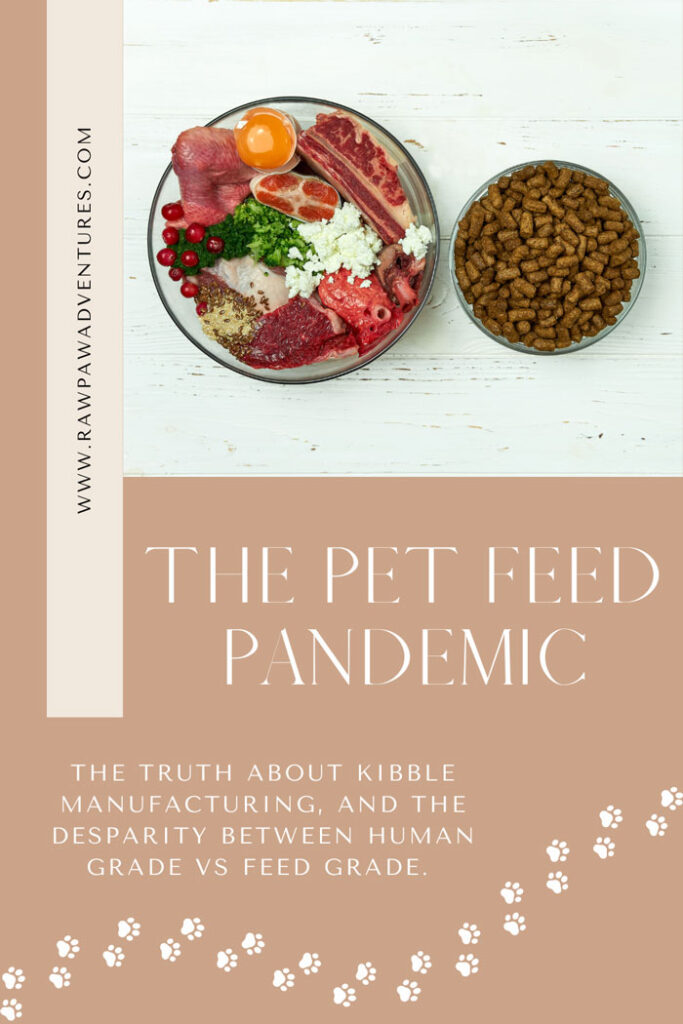
Water is the most important nutrient we can provide for our pets (and ourselves).
No matter our species, our needs remain the same- no one can survive without water, and plenty of it! This can be expanded beyond just water to moisture in general. So that begs the question, why don’t we prioritize hydration for our pets? This is something I didn’t prioritize before switching my pets to fresh food. They ate kibble, they had a bowl of water that I refilled when it was empty, and they seemed content.
But content doesn’t always mean healthy.
Now that I’ve found myself in the fresh feeding community, I know better, and I’m so glad that I do! It’s vital to provide moisture in a species appropriate way, which in this case means within the food itself. However, when the majority of pet parents are feeding a shelf stable food that is only 10% moisture at best, what does that mean for their pets?
“Water is life’s matter and matrix, mother and medium. There is no life without water.”
–Albert Szent-Gyorgyi

Hydration is an often overlooked aspect of our health and the health of our pets, yet it plays a crucial role in maintaining our overall well-being. Water makes up a significant portion of our bodies, influencing everything from temperature regulation to digestion to elimination. In fact, humans, cats and dogs are all comprised of an average of 70% water (it varies with age), and approximately 70% of the Earth’s surface is covered by water… is this a coincidence? I think not.
How hydration affects various bodily functions
• Temperature Regulation: Sweating and breathing help cool the body, but we need hydration for these processes to function effectively. In fact, a dog can become dehydrated from panting excessively because of the water loss that occurs in the evaporation process.
• Nutrient Transport: Water facilitates the transportation of nutrients and oxygen to cells, ensuring that our bodies receive the essential components needed for energy and repair.
• Waste Removal: Proper hydration helps with the efficient removal of waste products through urination and sweating (we sweat anywhere on the skin, but for dogs it’s only their paw pads).
How hydration affects digestibility & the microbiome
To maintain optimal hydration, it’s vital to consume not just free water but more importantly foods that have a high moisture content. You may then ask, why not just add water to dehydrated food or kibble, or simply drink enough water to make up for the lack of water in the food itself? There are several reasons…
• Digestion & Absorption of Food: Moisture helps break down food in the stomach, allowing enzymes to work more effectively. This leads to better nutrient absorption of both food and water. You see, when water is free and unbound, it is often pulled out of the GI tract in higher amounts; this can cause dilution of the electrolytes that are always present in the blood vessels and need to maintain a narrow therapeutic window for optimal functioning.
• Promoting Healthy Microbial Growth: The gut microbiome thrives on moisture. Well-hydrated foods can support the growth of beneficial gut bacteria, enhancing digestion and overall gut health! On the other hand, free water that is not bound to food is more susceptible to microbial growth. This is more of an issue for free water or moisture outside of the body, but something we need to consider if we are wanting to rehydrate dry food prior to feeding.
Conversely, dehydrated foods can lead to constipation and digestive discomfort, as they may absorb water from the body, leaving less available for digestion. Overall, it’s definitely better to try to feed food that is already moisture rich with water bound to the food molecules. If we need to add free water back into the diet because we are feeding dry food we can, but we should be cautious because of the increased risk of microbial growth. There will always be a significantly higher risk of this if adding water to kibble because kibble is much more likely to be contaminated with high levels of pathogenic organisms than freeze dried, air dried or dehydrated food is.
Adding Moisture to the Diet
So now we know the importance of feeding a moisture rich diet. The next step is ensuring we provide that moisture as frequently and appropriately as possible. Here are some easy ways to do so:
- Feed hydrating foods
Fruits and vegetables such as cucumbers, watermelon, okra, berries, and so many others are excellent sources of water already bound to food. These foods not only hydrate but also provide vitamins and minerals that support overall health along with antioxidants! - Provide clean, fresh water throughout the day
Access to water should be provided at all times, which is obvious. But how do we know how clean that water truly is?
Use a water filter: A simple, store-bought water filter that sits on your counter top or can go in the fridge is an easy and inexpensive way to ensure you’re filtering some of the heavy metals and particles that can be found in tap water. I’ve used a Brita filter for years and never had an issue.
Use bottled water: I’m not a huge fan of this because I don’t like anything in plastic. It’s porous which can lead to absorption of materials, it’s wasteful and harmful for the environment, and it’s expensive. In addition, the most common bottled water brands have a very low TDS (total dissolved solids). TDS means the amount of minerals present in the water. Our blood and body fluids are full of minerals, and we should be drinking water that has a high TDS so that we don’t accidentally dilute our blood of the minerals it needs to function properly. For example, Aquafina has a TDS of about 4. Ideally you want a TDS in at least the 100-300 range.
Use a reverse osmosis system: This option is my best recommendation, as most systems will add the minerals back in as the final step after filtering the water. There are several companies out there and options that range from a countertop filter to a permanent installation that drills into your pipes below the sink and gives you the filtered water on demand as soon as you turn on the tap.
- Drink bone broth
Bone broth is an incredibly nourishing option that not only adds hydration but also offers a host of health benefits:
Rich in Nutrients: Bone broth contains glucosamine, chondroitin, collagen, amino acids, and trace minerals like calcium, magnesium, and phosphorus, which are vital for bone and joint health.
Gut Health: The gelatin in bone broth helps to support the intestinal lining, making it beneficial for gut health and digestion.
Immune Support: The nutrients found in bone broth can help bolster the immune system, making it a comforting choice during colder months or when feeling under the weather, especially when formulated using herbs that support those needs.

Here is my bone broth recipe, I hope you enjoy!
Ingredients:
Handful of bones: I’m a big fan of bones with a lot of cartilage such as necks, feet, wings and frames from poultry, or even collagen containing parts such as tendons or trachea.
Clean, filtered water, enough to cover the bones by a 1-2 inches (about 1/2 or full length of your thumb).
Organic apple cider vinegar, about 1/4 cup. This can be removed if there is an ACV sensitivity.
Optional vegetables such as a few organic celery stalks, carrot sticks or garlic. If I’m going to use vegetables, this trio is what I use together.
Optional herbs to create a warm, neutral or cooling broth (see below).
Instructions:
Place bones in crock pot, cover completely with filtered water and add ACV.
Add vegetables and herbs of your choice.
Cook on low 12-24 hours, no need to stir.
Remove from heat, strain out the solids. Place liquid in a wide rimmed bowl in the fridge to cool.
Completely discard all cooked bones. You can optionally remove any remaining meat from the bones once cool enough to separate and keep the vegetables and herbs. Either place the them into a food processor to add back to the broth, or you can give the cooked pieces of meat and vegetable as a snack or use them to top your meals.
After several hours, the fat should have risen to the top of the broth. Skim this off and discard.
Portion the broth into individual freezer safe glass containers that would last for 4-5 days in the fridge, defrost as needed and add a splash at mealtime. Or you can freeze into silicone ice cube trays for easy individual defrosting to add to the meal or feed as a frozen snack!
P.S. this makes a delicious snack for yourself, and you can drink it alone or use it for cooking soups, stews or roast meats. I drink 8oz of bone broth on my night shifts around 3am to give myself a boost for the last few hours <3
Warming, Cooling, & Neutral Broth
Depending on the reason for use, you can use herbs to bring your bone broth into a more warm, cool or neutral territory. Overall, I tend to make a more neutral to warm broth most of the time. This is because I have a cold constitution, and two out of three of my dogs have a cold to neutral constitution. Here are some recipe adaptations for you that can be personalized based on what you have on hand!
1. Neutral: You can make a broth neutral by choosing all neutral ingredients, or by choosing a good mix of both warm, cool and neutral ingredients. Some examples of neutral ingredients would be turkey, beef, pork, quail, mackerel, anchovy, sardine and herring, as well as brussels sprouts, carrots, rhubarb, parsley (neutral to warm) and tomatoes.
2. Warm: If you’re looking to add warming ingredients to the broth, some good choices would be chicken, lamb (hot), shellfish, goat, salmon, venison (hot) arugula, basil, bell peppers, cabbage, collards, eggplant, garlic, ginger, kale, mustard greens, parsley, spinach, thyme, turnips and zucchini.
3. Cool: If a more cooling broth is what you want, good choices would include duck, rabbit, wild boar, alfalfa, asparagus, beets, bokchoy, broccoli, cauliflower, celery, chard, cilantro, cucumbers, parsnips and radish.
So you can see there are many choices! As I mentioned, I like to use a mix of ingredients to reach neutrality with my broth. My most commonly used animal proteins are turkey, chicken and duck. Sometimes I use pork or beef, and rarely I will use fish bones such as salmon heads. For vegetables, my trio from above of carrots, celery and garlic are neutral when taken together because one is warm, one is neutral and one is cool. And a good example to reach neutrality with herbs would be parsley (neutral), thyme (warm) and cilantro (cool). But you can use any combination you’d like based on what you have on hand. Organic and non-GMO is best whenever you can manage, especially when using the Dirty Dozen.2.
I hope you enjoyed this article and have fun mixing and matching your ingredients for different bone broth recipes. Now go get hydrated!



